Client Meetings: Best Practices for Effective Communication and Results
Client meetings are an important part of building business relationships.
These interactions are more than just routine check-ins or negotiations.
They serve as vital platforms to foster trust, understand client needs, and set the stage for mutual growth.
Scheduling meetings with clients can not only drive results but also enhance the overall satisfaction of both parties involved.
As the founder of Loving Life, a business delivering employee wellbeing services, I’ve been able to create some great client relationships and scheduling client meetings has been a valuable part of this.
Let’s look at how you can make the most of these crucial encounters.
Preparing for Your Client Meeting
Best Practices During Client Meetings
Best Practices Post Client Meetings

Why Client Meetings Matter
Client meetings are more than just scheduled conversations, they’re crucial for any successful business relationship.
Here’s why they hold such significance:
Building Trust
Face-to-face interactions, even if virtual, allow both parties to gauge sincerity, commitment, and intent.
Over time, consistent and transparent meetings foster a sense of trust, which is invaluable in business.
Understanding Needs
Every client is unique, with distinct requirements and expectations.
Regular meetings provide a platform to understand these needs deeply, ensuring that you’re always aligned with their goals.
Feedback Loop
It’s one thing to deliver a service or product, but understanding how it’s received is equally crucial.
Meetings offer a direct channel for feedback, helping businesses adapt and improve.
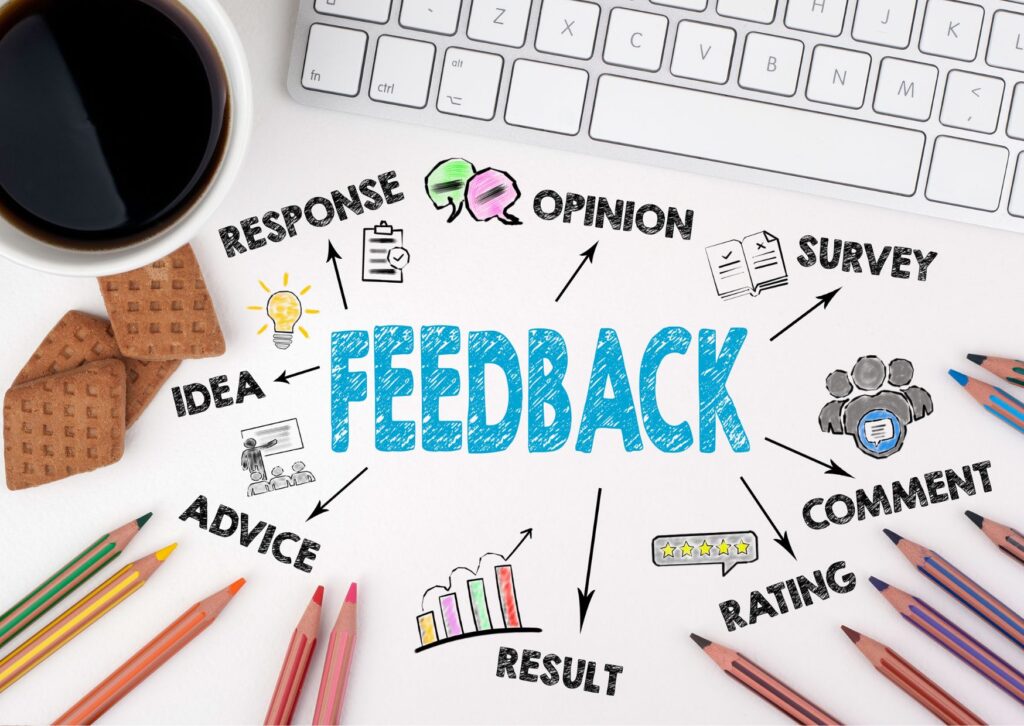
Collaborative Growth
Two heads are often better than one.
Client meetings can be brainstorming sessions, leading to innovative ideas and solutions that neither party would have reached on their own.
Strengthening Commitment
Regular check-ins signal commitment.
They show the client that you’re invested in their success, not just in completing transactions.
Problem Solving
Issues are inevitable in any professional relationship.
However, addressing them promptly in a meeting can prevent them from escalating and can lead to quicker resolutions.
In essence, client meetings are the bridges that connect service providers to their clients, ensuring smooth, effective, and mutually beneficial collaborations.
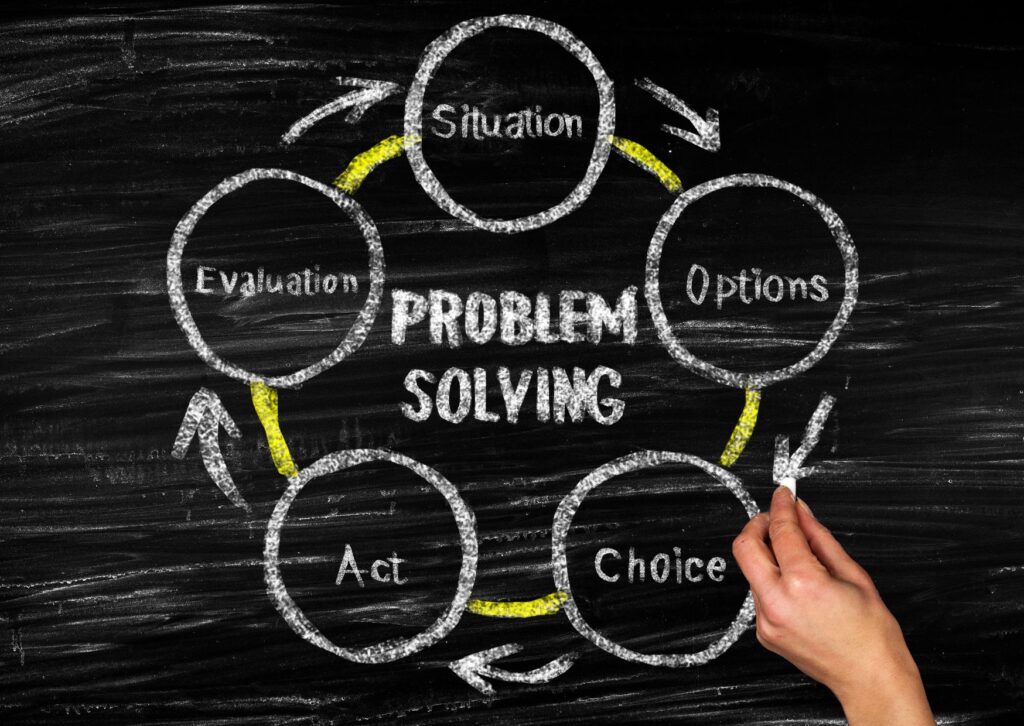
Preparing for Your Client Meeting
Preparation is the key to a successful client meeting.
It sets the tone, shows professionalism, and ensures that the time spent is productive for both parties.
Here’s a step-by-step guide to get you ready:
Set Clear Objectives
Before anything else, clarify the purpose of the meeting.
Are you discussing project updates, brainstorming, or resolving issues?
Knowing the goal helps you stay on track.
Research
Take some time to review any previous interactions, notes, or feedback from the client.
Familiarise yourself with their industry news or any recent developments that might be relevant.
Draft an Agenda
Outline the topics you plan to cover.
Share this agenda with the client ahead of time, allowing them to add or adjust points.
This ensures that both parties have aligned expectations.
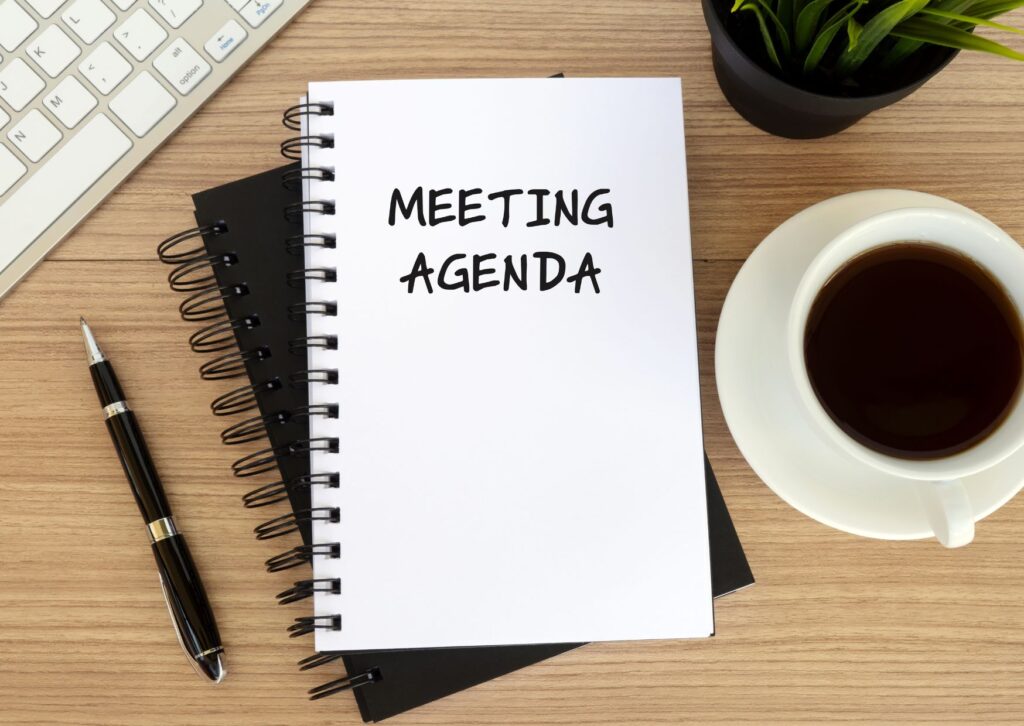
Gather Materials
Whether it’s a presentation, samples, or reports, ensure you have all the necessary materials ready.
Test any tech equipment or software you’ll be using, especially for virtual meetings.
Anticipate Questions
Based on the meeting’s objective, think of potential questions the client might ask and prepare your answers.
This proactive approach can save time and showcase your expertise.
Choose the Right Environment
If it’s an in-person meeting, select a quiet, comfortable space free from interruptions.
For virtual meetings, ensure a stable internet connection and a professional background.
Mindset Matters
Approach the meeting with a positive and open mindset.
Remember, it’s a collaborative effort. Being receptive to feedback and ready to adapt can make a significant difference.
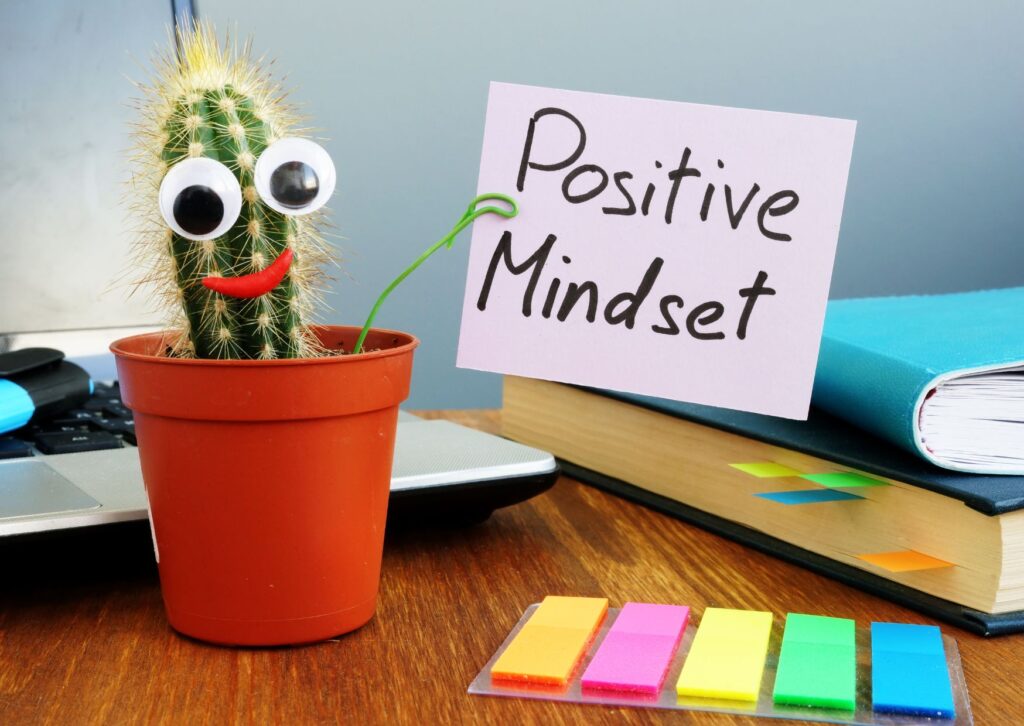
Time Management
Respect the client’s time.
Start the meeting punctually and aim to finish within the allocated time.
If you foresee it running longer, communicate this in advance.
Rehearse
If you’re presenting something new or complex, it might be helpful to do a quick rehearsal.
This can boost your confidence and ensure a smooth delivery.
Follow-Up Email
Before the meeting, draft a follow-up email template.
This will make it easier to send out a summary or action points promptly after the meeting concludes.
By investing time in preparation, you not only enhance the quality of the meeting but also demonstrate your commitment and respect towards the client.
Remember, a well-prepared meeting can be the catalyst for lasting business relationships and continued success.

Best Practices During Client Meetings
Once you’re in the thick of the meeting, it’s essential to maintain a balance between professionalism and genuine human connection.
Here are some best practices to ensure your client meetings are both effective and pleasant:
Start with a Warm Greeting
Begin the meeting with a friendly hello and some light conversation.
This sets a positive tone and eases any initial tension.

Reiterate the Agenda
Quickly go over the meeting’s agenda to ensure everyone is on the same page and to set clear expectations.
Active Listening
Pay close attention to what the client is saying.
Avoid interrupting and give them ample space to express their thoughts.
This shows respect and helps in understanding their perspective better.
Maintain Eye Contact
Whether in-person or virtual, maintaining eye contact conveys confidence and shows that you’re engaged in the conversation.
Of course, don’t stare. A good technique is to alternate between looking at their eyes and nose, occasionally looking at a document you’re talking about.
I find this method very effective.
You want to maintain eye contact but not intimidate clients.
Stay on Topic
While it’s okay to have brief off-topic discussions, always steer the conversation back to the agenda to ensure productive use of time.
Take Notes
Jotting down key points shows you’re attentive and also provides a reference for post-meeting actions.

Ask Open-Ended Questions
Encourage deeper discussions by asking questions that can’t be answered with just ‘yes’ or ‘no’.
This can lead to valuable insights.
Be Mindful of Body Language
Non-verbal cues can speak volumes.
Maintain an open posture, avoid crossing your arms, and lean in slightly to show interest.
Manage Time Efficiently
Keep an eye on the clock.
If a particular topic is taking too long, consider scheduling a follow-up or moving it to the end if other points are more pressing.

Encourage Participation
If there are multiple participants, ensure everyone has a chance to speak.
This fosters a collaborative environment.
Stay Calm and Collected
If there are disagreements or tense moments, remain calm.
Approach the situation with understanding and aim for a constructive resolution.
Summarise and Confirm Next Steps
Before concluding, summarise the main points discussed and clarify any action items or follow-ups required.
By adhering to these best practices, you not only ensure the meeting’s effectiveness but also strengthen the bond of trust and understanding with your client.
After all, successful client meetings are as much about the relationship as they are about the business at hand.
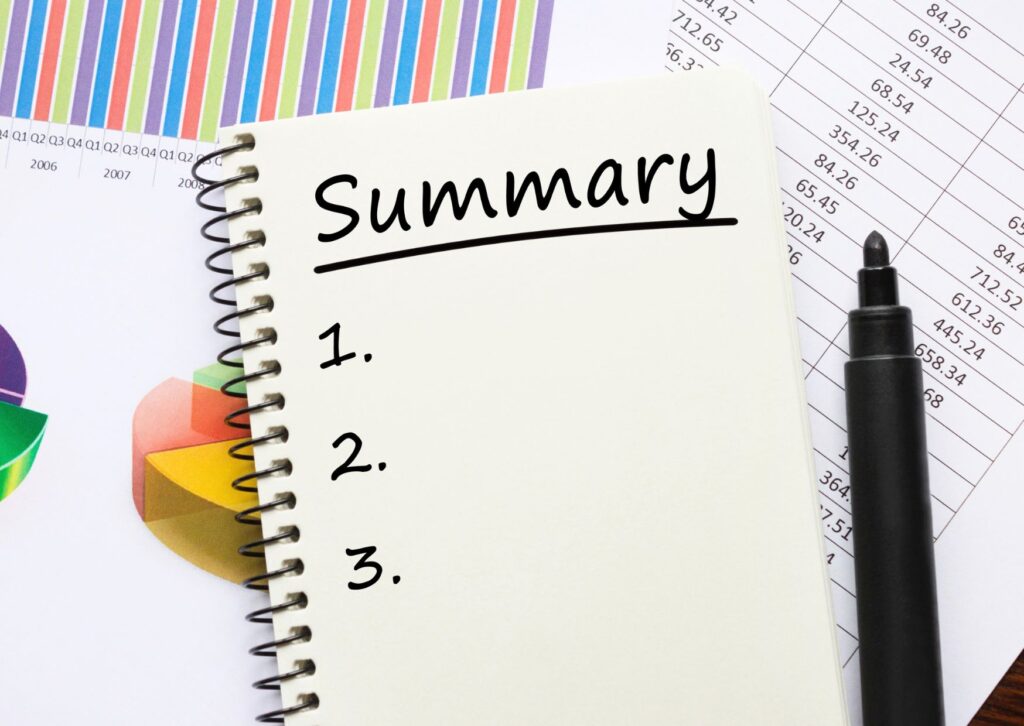
Challenges in Client Meetings
Every client meeting presents its own set of challenges.
Recognising and addressing these hurdles is crucial for maintaining a productive and harmonious relationship.
Let’s look into some common challenges and how to navigate them:
Misaligned Expectations
Sometimes, both parties come into a meeting with different ideas about its purpose or desired outcomes.
Solution: Always set and share an agenda in advance. This ensures everyone is aligned from the start.
Communication Barriers
Differences in language, jargon, or even cultural nuances can lead to misunderstandings.
Solution: Use simple, clear language. When in doubt, seek clarification rather than making assumptions.

Time Constraints
Meetings can sometimes run longer than expected, leading to rushed discussions or unresolved issues.
Solution: Stick to the agenda and allocate specific time slots for each topic. If necessary, schedule a follow-up meeting.
Distractions
External noises, frequent interruptions, or tech issues can disrupt the flow of a meeting.
Solution: Choose a quiet environment for in-person meetings. Turn off phone notifications. For virtual meetings, use reliable software and ensure a stable internet connection.
Dominating Participants
Sometimes, one or two individuals might dominate the conversation, sidelining others.
Solution: As the meeting facilitator, ensure everyone gets a chance to speak. Encourage quieter participants to share their thoughts.
Unpreparedness
Either party might come into the meeting unprepared, leading to unproductive discussions.
Solution: Always do your homework. If the client seems unprepared, offer to reschedule or provide a brief recap to get them up to speed.
Emotional Responses
Discussions can sometimes become heated, leading to emotional reactions.
Solution: Stay calm and professional. If emotions run high, consider taking a short break or suggesting a follow-up discussion once things have cooled down.
Lack of Follow-Up
After a productive meeting, the momentum can be lost if there’s no follow-up.
Solution: Always send a post-meeting summary with action items and deadlines. This keeps everyone accountable.
Varying Communication Styles
Every individual communicates differently. Some might be direct, while others are more circumspect.
Solution: Be adaptable. Recognise different communication styles and adjust your approach accordingly.
Decision-Making Delays
Sometimes, meetings end without clear decisions due to various reasons, like the need for further information or higher-level approvals.
Solution: Set a clear timeline for when a decision will be made and communicate this to all stakeholders.
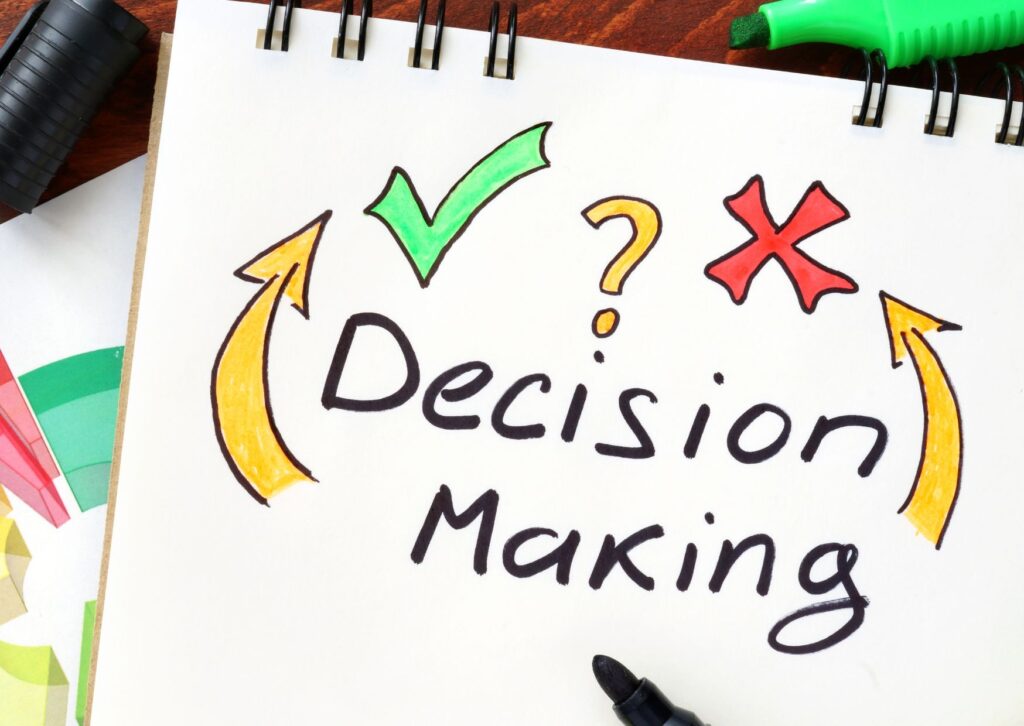
By being aware of these challenges and proactively addressing them, you can ensure that your client meetings are not only productive, but also foster a positive and collaborative environment.
Best Practices Post Client Meetings
The end of a client meeting isn’t the conclusion.
What you do after the meeting can be just as crucial as the preparations and the meeting itself.
Here are some best practices to ensure continued success and strengthen the client relationship post-meeting:
Send a Follow-Up Email
Within 24 hours of the meeting, send a concise email summarising the main points discussed, decisions made, and any action items.
This serves as a reference and ensures everyone is on the same page.
Document Everything
Store notes, presentations, and any other materials from the meeting in an organised manner.
This will be invaluable for future reference and for tracking progress.

Assign Action Items
Clearly delegate responsibilities for any tasks or follow-ups.
Set clear deadlines to ensure timely completion.
Seek Feedback
Ask the client for feedback on the meeting.
Was everything covered?
Were there any concerns?
This shows you value their opinion and are always looking to improve.
Schedule the Next Meeting
If a follow-up meeting is required, schedule it right away.
This ensures continuity and keeps the momentum going.
Review and Reflect
Take a moment to reflect on the meeting.
What went well?
What could have been better?
Use these insights for continuous improvement.
Stay Updated
If any significant developments occur related to the meeting’s discussions, keep the client informed.
This shows proactiveness and that you’re on top of things.
Build on Relationships
Use insights from the meeting to strengthen your relationship with the client.
Did they mention a personal anecdote or a business challenge?
Remembering and referencing these in future interactions adds a personal touch.

Address Concerns Promptly
If any issues or concerns were raised during the meeting, address them as soon as possible.
Quick resolutions demonstrate commitment and reliability.
Continue Learning
Use every client meeting as a learning opportunity.
Whether it’s industry knowledge, communication skills, or understanding client preferences, there’s always something to gain.
Remember, the time after a client meeting is an opportunity to solidify the relationship, demonstrate your commitment, and set the stage for future interactions.
By following these best practices, you not only ensure the success of the current project but also pave the way for long-term collaboration and trust.
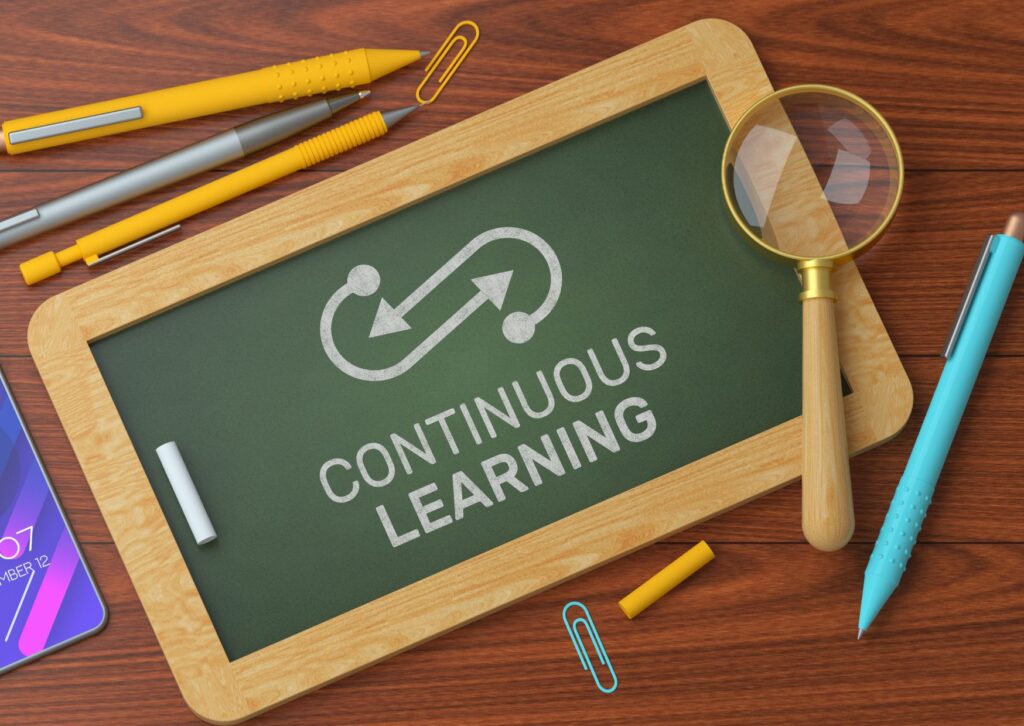
Client meetings are more than just calendar events, they’re the lifeblood of enduring business relationships.
From the initial preparations to the crucial follow-ups, every step holds the potential to fortify trust, drive results, and pave the way for future collaborations.
As we navigate the ever-evolving business landscape, it’s these foundational practices that will set us apart, ensuring not just professional success but also fostering genuine, human connections.
Remember, in the world of business, it’s often the simple, consistent practices that yield the most profound impacts.
Here’s to making every client meeting count!
Author
Tyler Lowe – Health & Wellbeing Speaker
BSc Sport & Exercise Rehabilitation


